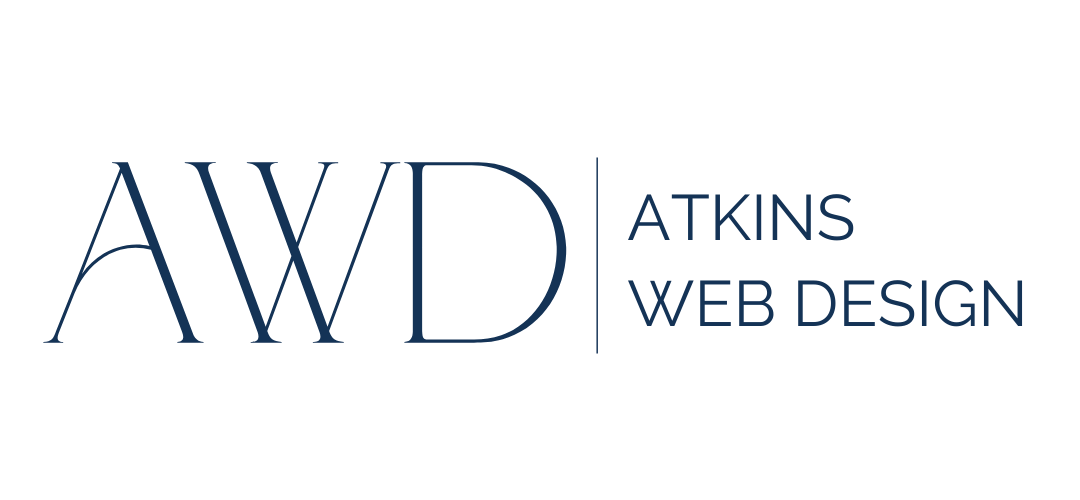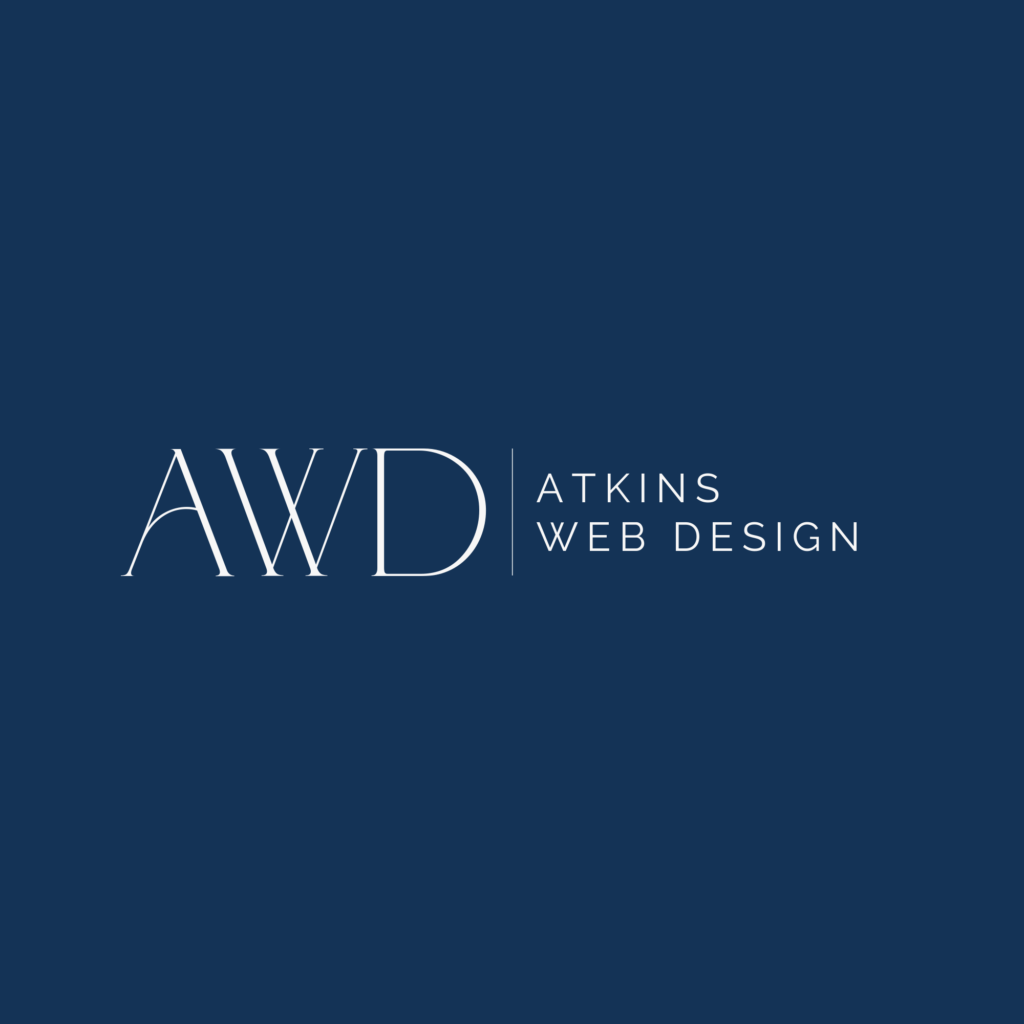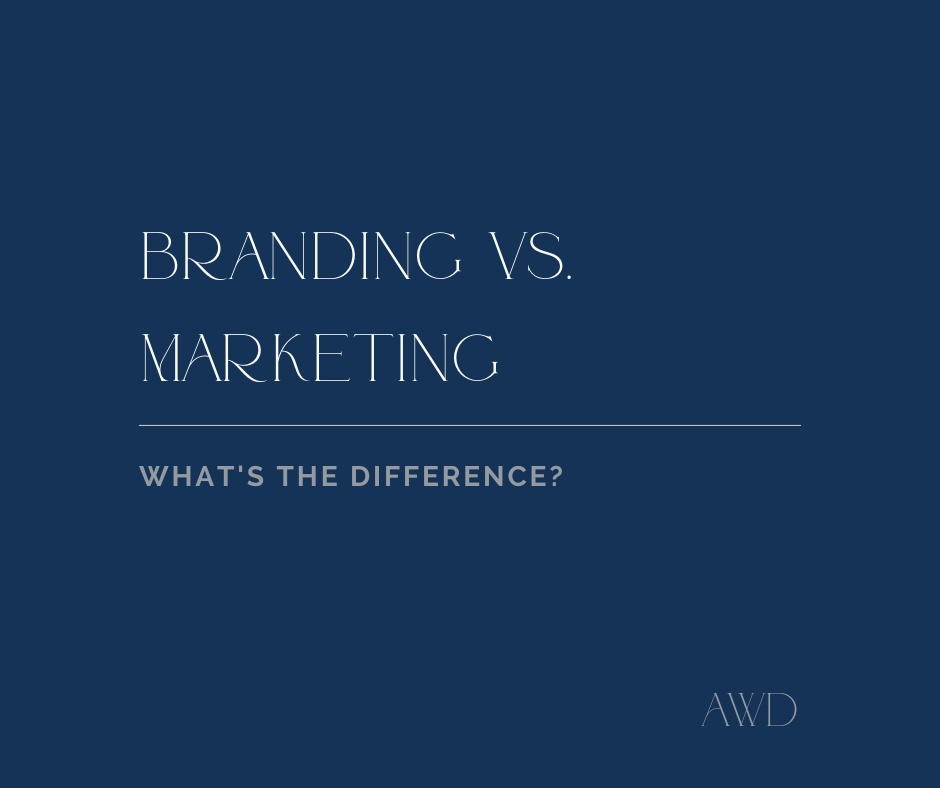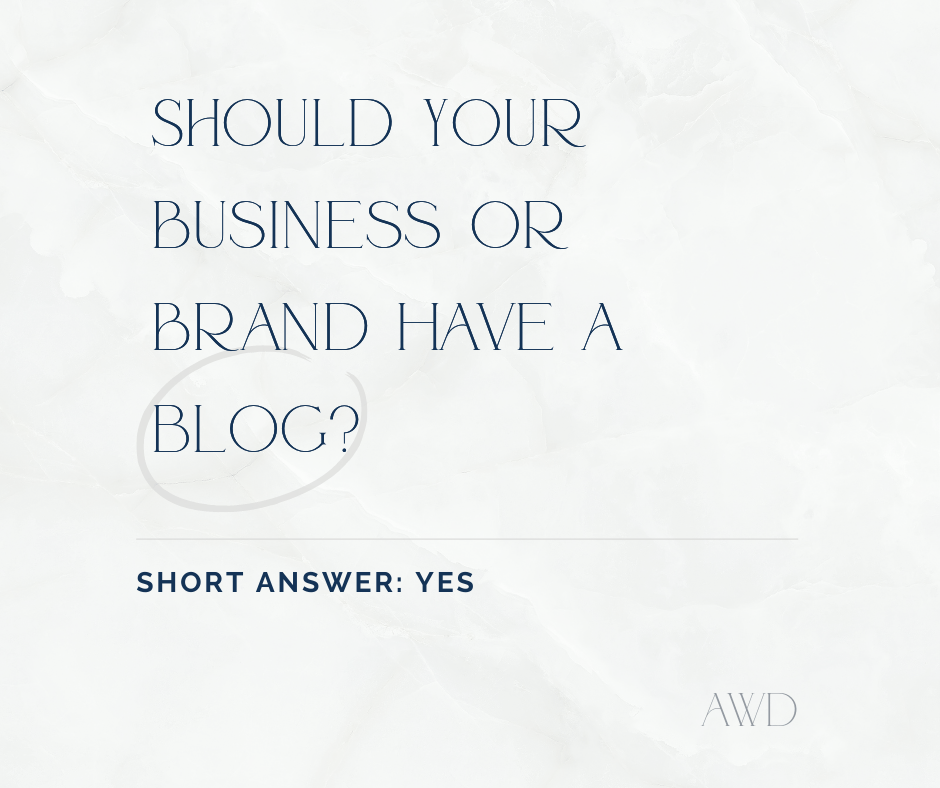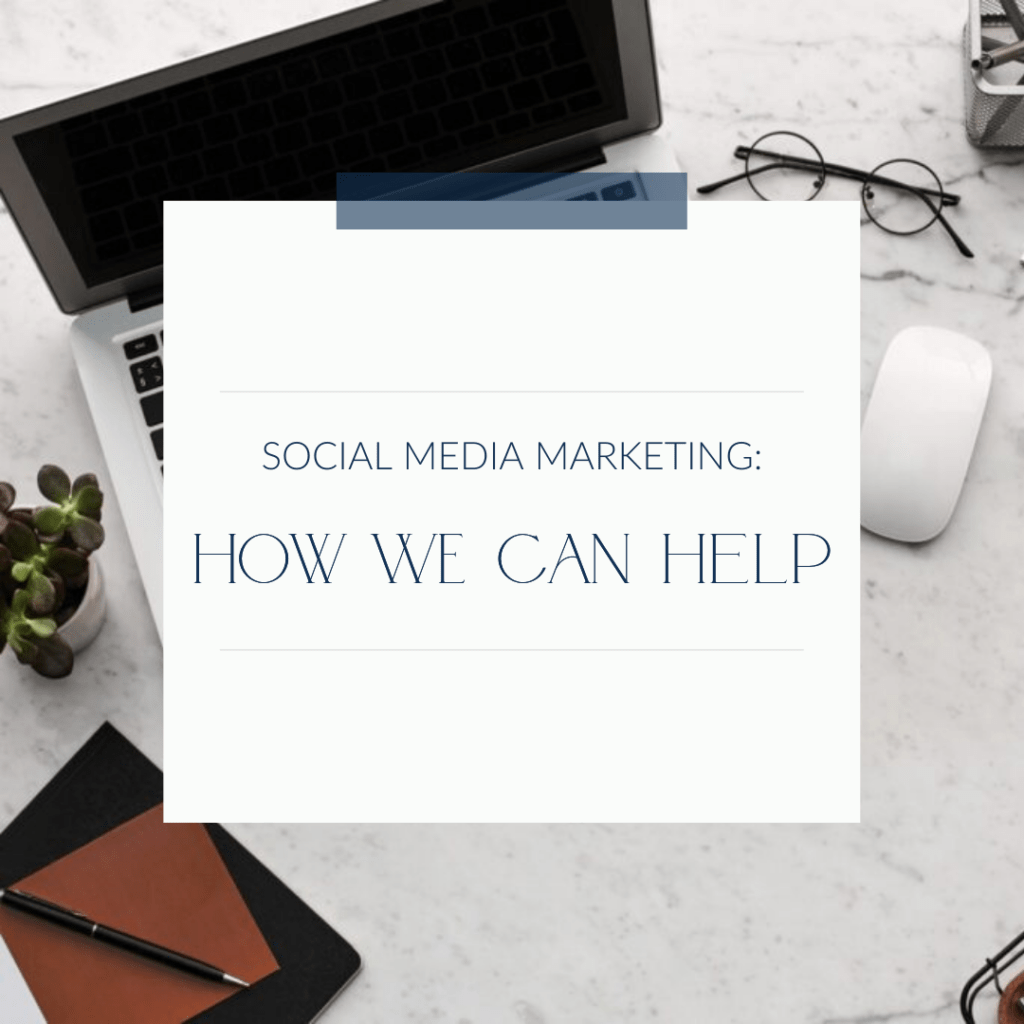Websites are an important aspect of every business or brand because it is usually the first interaction a customer has with your business. In sales, there is a term known as “elevator pitch” where you take a brief moment to introduce yourself, share what you offer, provide a couple of key points, and establish a connection with the person. Your website essentially is your elevator pitch and should contain the following elements to be successful.
4 Primary Pages
- Homepage
- About
- Services/Store
- Contact
Homepage
Your homepage is the landing page of your website and normally the first page that a customer will see. It should start with a simple headline that introduces your business and what you offer. For example, if you’re a dentist, your headline should be something like, “Lakeland Family Dentistry – making smiles brighter since 1989.” Might seem a little cheesy, but it quickly states the location and services offered, and shows reliability by sharing how long they have been in business. Your homepage should also quickly highlight your services/products in more detail with links to learn more or shop all products. The homepage should not have a lot of text but be quick and to the point with simple and effective messaging so that your customer knows how to contact you, book an appointment, or make a purchase.
About
You might be wondering why I recommend an about page if your homepage is your introduction to the customer. People don’t read websites anymore they skim, but businesses still have a tendency to overshare on their homepage. An about page is a perfect location to share more about the business and your journey for those customers that like to dive deeper into the business and brand. You could also accomplish this in a blog post if your website has one.
Services/Store
On your homepage, you have a brief overview of the services/products that you offer, but you should also have a designated page that goes into more detail about the services. This is for those customers that need a little more information before they are ready to make a purchase.
Contact
Although your header and footer will have contact information displayed prominently throughout your site, I will outline why the header and footer are important later. The purpose of a contact page is to give your customer a little more information about how to contact you. Maybe you have specific departments like sales, marketing, or customer support and you can help your customer get in touch with those departments directly. You can also have a form that a customer can fill out to receive more information about your business and services.
Responsive Design
Websites should be designed for all screen sizes such as desktop, tablet, and mobile. If your website is not optimized for these screen sizes, your customer may become frustrated with your site and bounce quickly before you have the opportunity to share your elevator pitch.
Header & Footer
Header and footers are important aspects of a website because they are consistent on every page of your website. They should contain your logo or business name, a navigation menu, and your contact information. The contact information can be your phone number, email, or a link to the contact page. These tools are important so that your customer can easily navigate back to a specific area of your website without having to go back through multiple pages.
Privacy Policy
A privacy policy is required for all websites and should contain information about what you do with data collection, cookies, google/search analytics, and email marketing. If you allow comments or collect customer information it is very important that you outline what you do with this information and how you share it. Even if you do not plan on sharing this information with anyone outside your business, you still need to clarify to your customer that you do not share their data and only use it for purposes they agree to when signing up through your website. I am not a legal advisor, so I recommend doing your own research or speak with a legal representative to determine what your policies need to be outlined on your website.
Final Thoughts
I mentioned earlier that your homepage should have simple and effective messaging with a clear call to action. This should be displayed throughout your website so that your customer is reminded why they are on your site and gently urged to make a purchase, sign up for an offer, or book an appointment. If your site does not provide clear messaging they may be confused about what your offer is and go to a competitor that makes it easier.
If you are having trouble with converting customers on your website or need help designing your site, please reach out to me directly at nicole@atkinswebdesign.com or click the Work with AWD button below.
